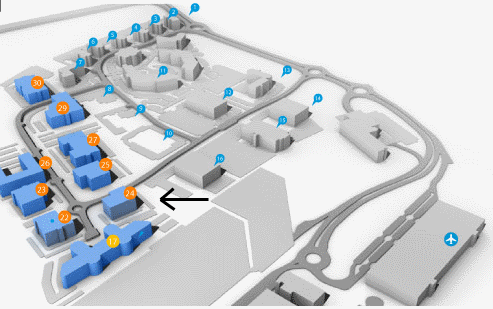Current Size: 100%
Role of tumour histology in beta blocker association with ovarian cancer survival
Error message
- Notice: Trying to get property 'type' of non-object in metatags_quick_extra_html_head_alter() (line 34 of sites/all/modules/metatags_quick/metatags_quick_extra.module).
- The text size have not been saved, because your browser do not accept cookies.
Background
There is evidence in breast, colorectal and prostate cancer that patients who use beta-blocker (BB) medication have better cancer outcomes. There is conflicting evidence of similar benefits in ovarian tumours. We investigated whether tumour histology played a role in the association between BB use and survival within Irish ovarian cancer patients.
Methods
Women diagnosed with invasive ovarian cancer (ICD code: C56) between 2001-2011 were identified from the National Cancer Registry Ireland. Those with continuous eligibility for a (means-tested) medical card in the year immediately prior to diagnosis were identified and linked to pharmacy claim records. Any BB exposure (WHO ATC: C07) in the year prior to diagnosis was determined. Associations between exposure and ovarian cause-specific survival (OvCSS) and all other causes was estimated using Cox regression (until follow-up 31/12/2012) adjusted for age, smoking, marital status, diagnosis year, urban/rural residence, deprivation, stage, grade, and surgery at diagnosis. Adjusted hazard ratios (AHR) and 95% CI are presented. Tumour histology was a pre-planned subgroup (test for interaction) and was classified as: serous carcinoma, adenocarcinoma, other carcinoma all remaining (unknown and other histology) tumours were grouped.
Results
Of 3097 invasive ovarian cancers diagnosed 2001-2011, 1823 (59%) had a medical card for at least one year prior to diagnosis. Of these, 432 (24%) had some BB exposure in that year. 78% of women in the cohort had died by 31/12/2012 (median follow-up 5.8 years). Pre-diagnostic use was not associated with improved OvCCS (AHR=1.08, 95%CI 0.93,1.23) or other-cause survival (AHR=1.39, 95%CI 0.92, 2.09). Tumour histology did not modify the association (Table 1, interaction p= 0.16).
Conclusions: In this large study of beta-blocker use in ovarian cancer, we observed no effect overall or for modification of histology on cancer-specific survival.
Acknowledgements
Project funding, Health Research Board; Registry funding, Department of Health.





